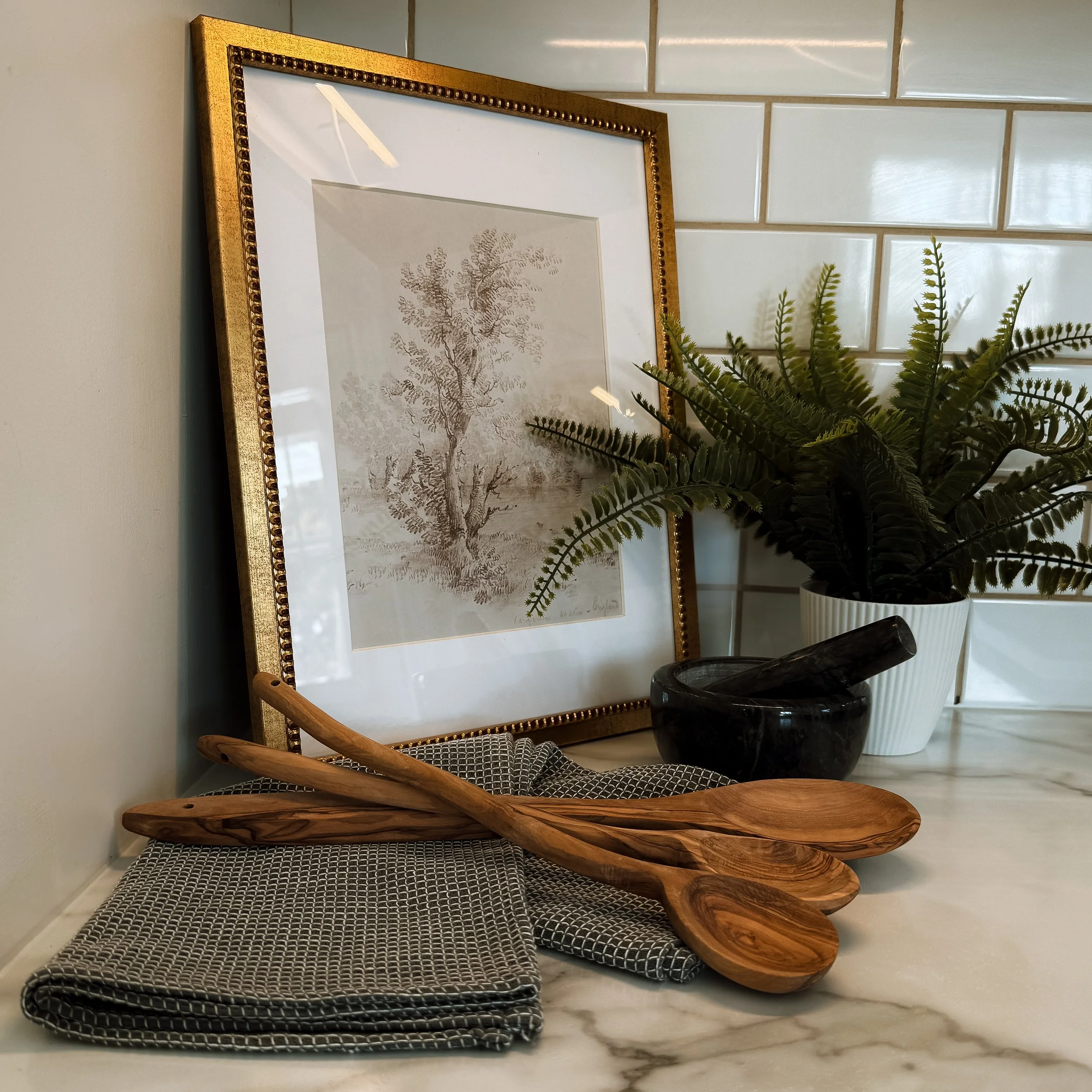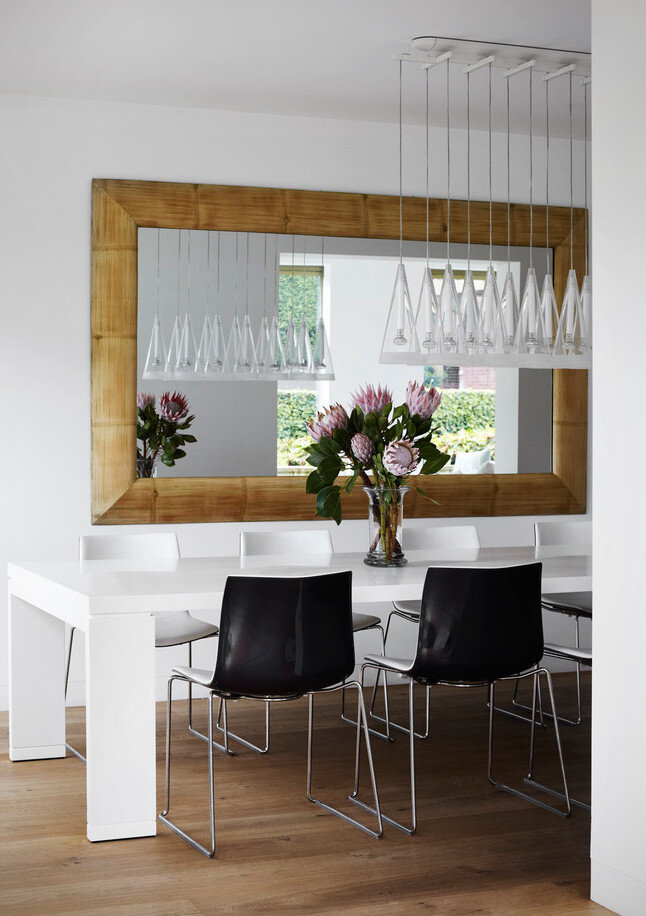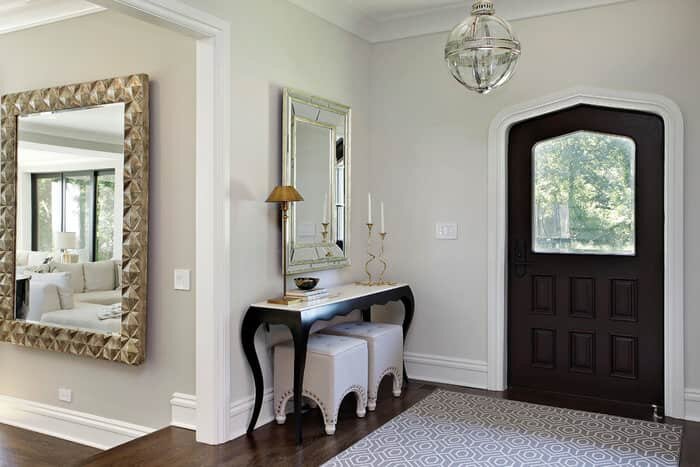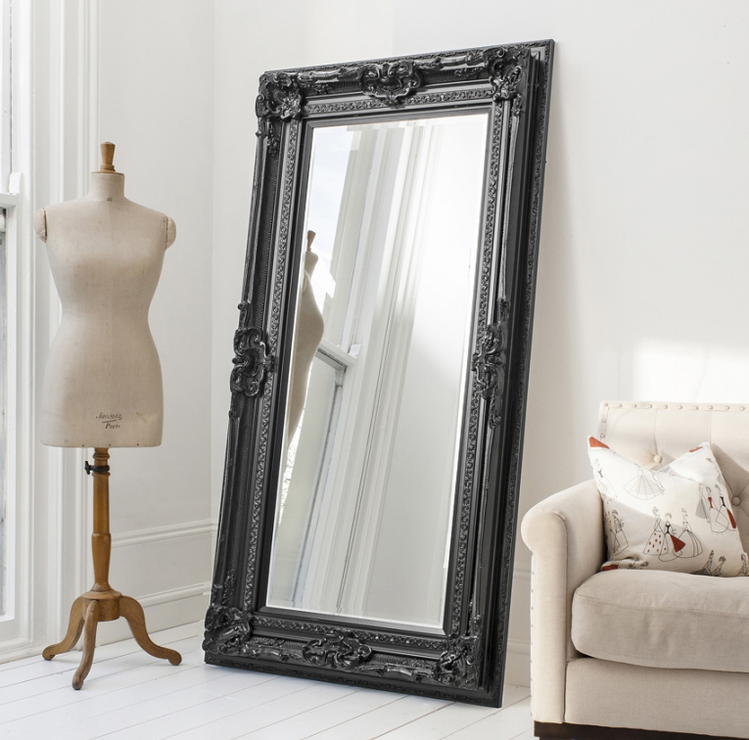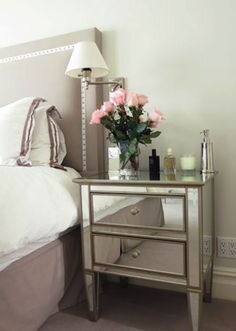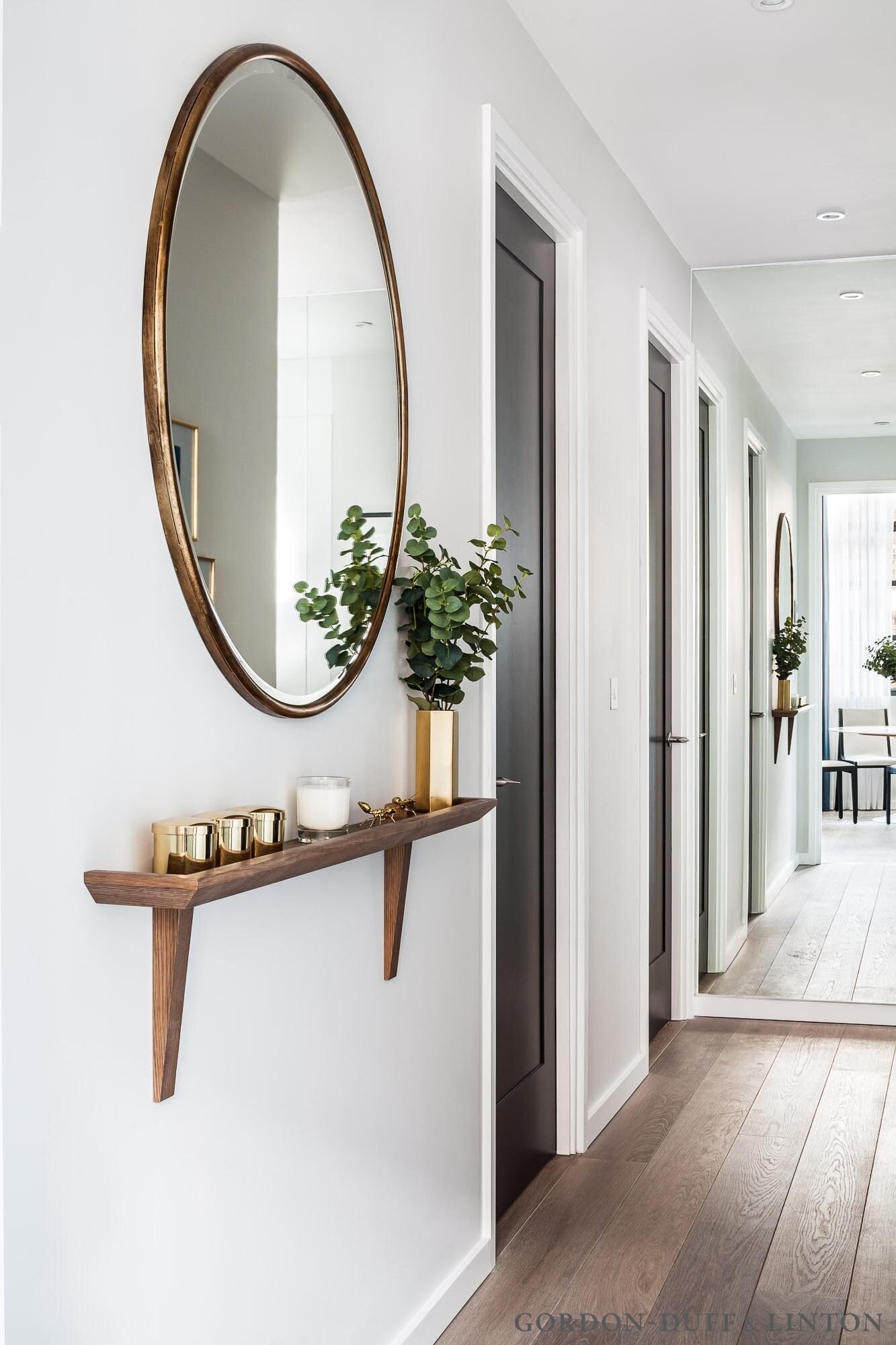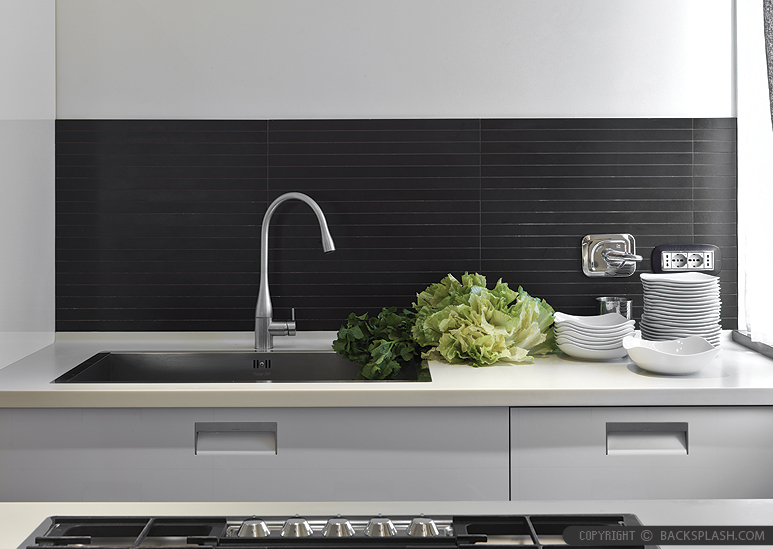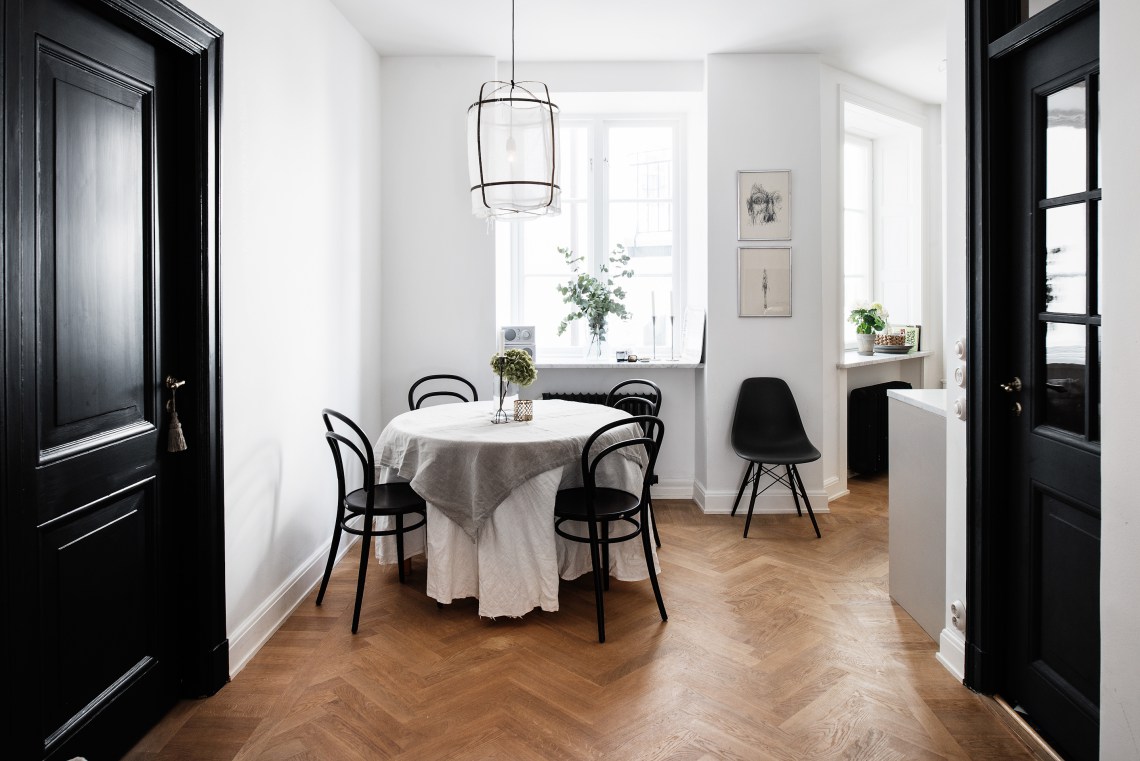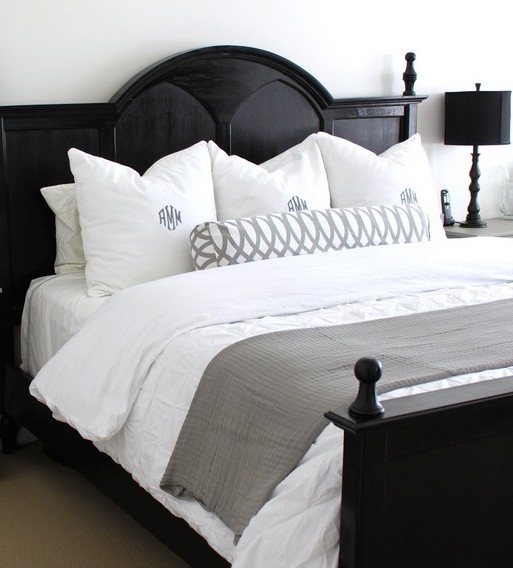If you're thinking of selling your home, it goes without saying that curb appeal is CRITICAL and is always factored into the overall staging plan. It doesn't need to be complicated ... just stick to the basics and your property will stand out, especially during the upcoming summer months:
make sure potential buyers can find your home! ... that means attractive house numbers that are visible from the road OR, for rural properties, ensuring the fire # is easily visible.
if your home is not visible from the road (long laneway), make sure there's a display of flowers, planters, decor or lighting at the end of your driveway. Little touches go a long way.
invest in a new mailbox (again, rural properties especially !!)
add a fresh coat of paint to the front door. Make it complement the house and trim along with a 'wow' colour to stand out. If you are unsure, there are online apps that will help you to visualize the look.
invest in a new doormat.
make sure door handles, locks, and your doorbell are working properly. If they are standard 'brass' consider painting them.
ensure your walkway is clear by trimming tree branches, shrubs, etc.
ensure that all yard equipment, trash cans, kids toys and pet 'stuff' is out of sight.
depersonalize if necessary - ie. remove family name signs, flags, etc.
show off how fun your yard can be by adding in lifestyle items like a hammock, raised fire pit or outdoor games.
weed or scale back your gardens, keep the grass cut and add in a few nice floral touches (hanging plants or containers).
consider pressure washing your home and decks if needed (very satisfying!)
have your outdoor lights on at night with sufficient wattage ... most people will drive by after hours. Consider spotlights to showcase it even more!
repair any porch bannisters and railings and add a new coat of paint if needed.
don't forget your outdoor living space. Very popular these days to bring the indoors out with fashionable cushions, outdoor rugs, etc.
Remember, these are all great investments that you are making towards ensuring your home sells quickly and for more money ... it will be worth it!

